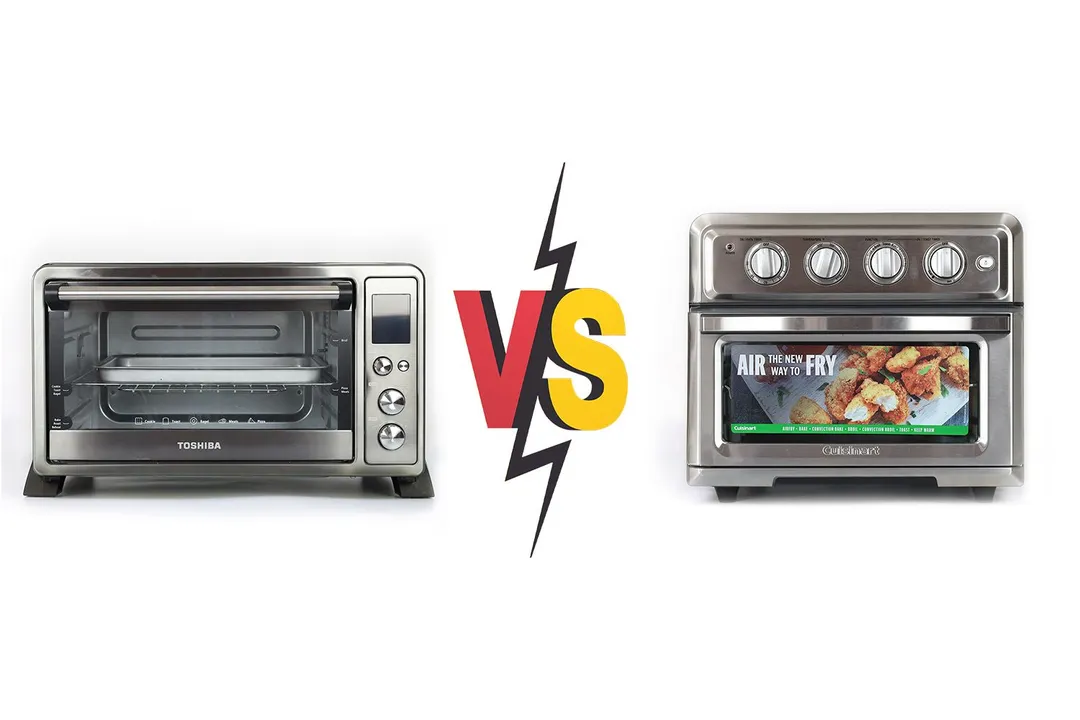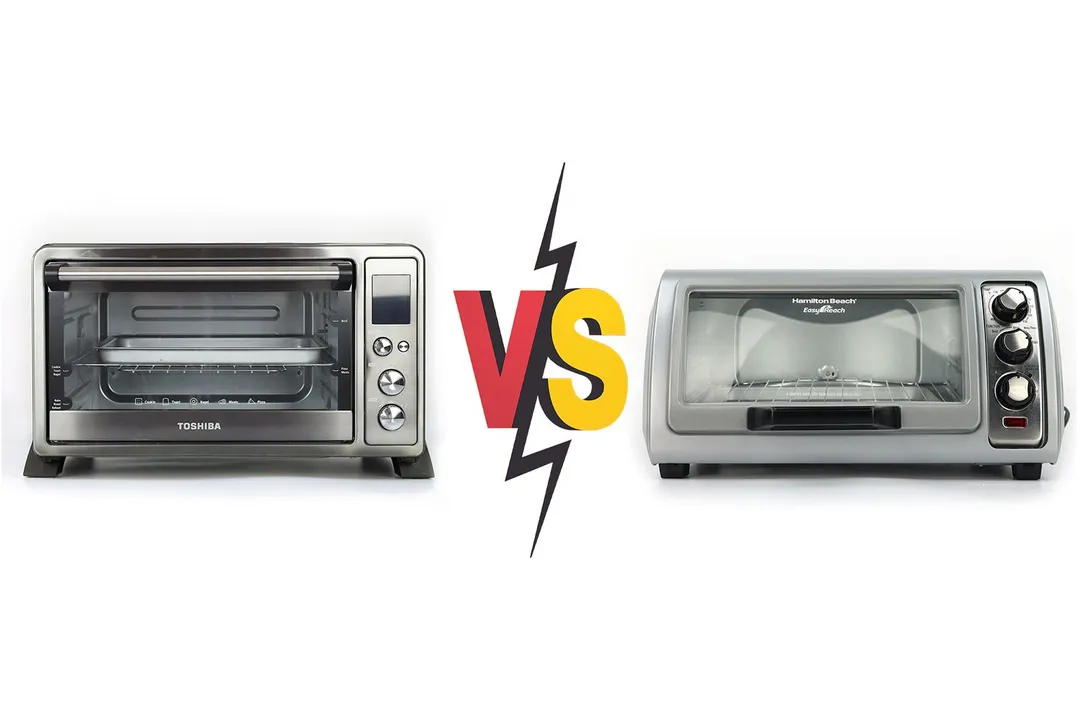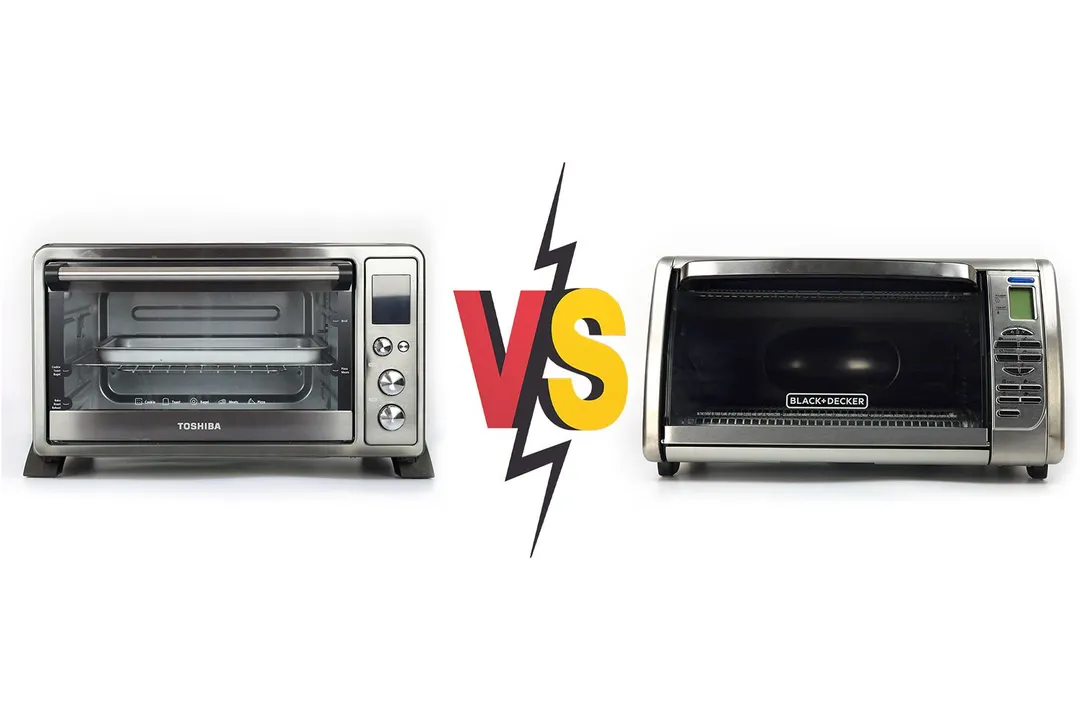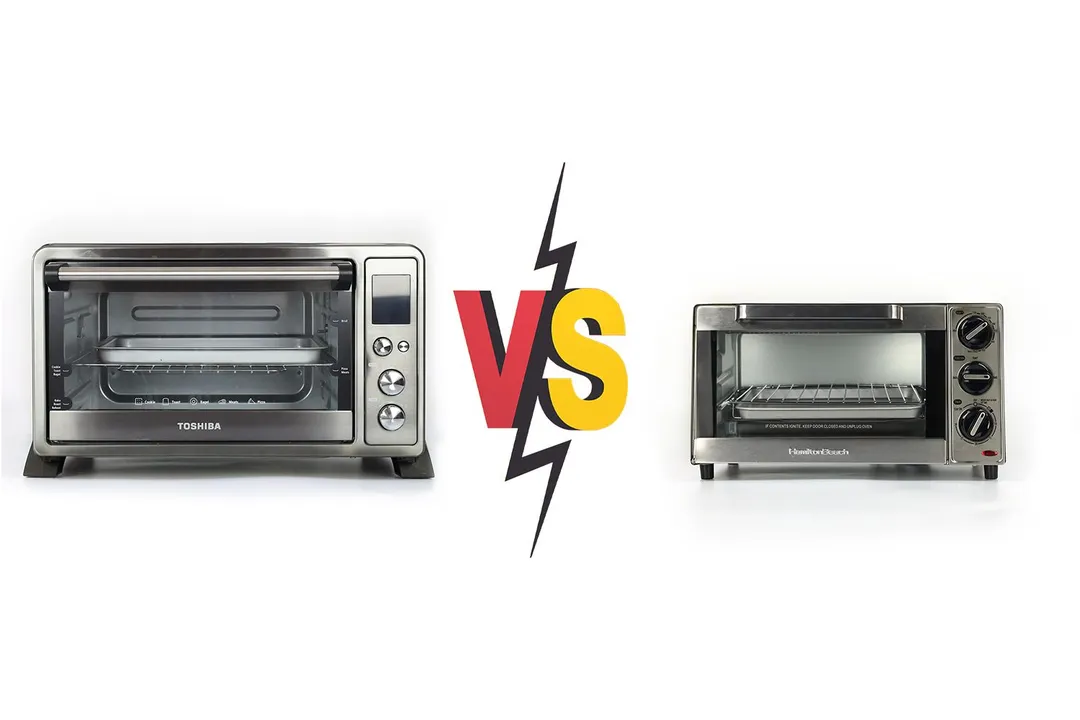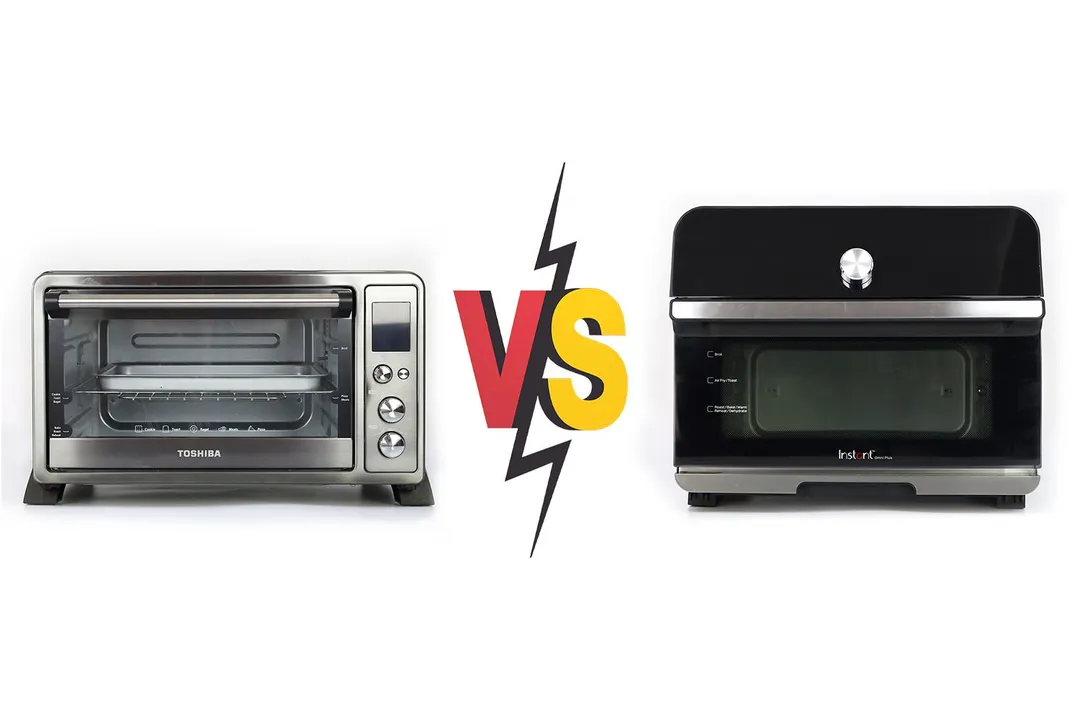Our recommendations are made independently through Research & Testing. We may receive commissions from purchases made via our links.
Toshiba AC25CEW-BS vs Hamilton Beach Easy Reach 4 Slices Toaster Oven Side-by-Side Comparison
Toshiba AC25CEW-BS vs Hamilton Beach Easy Reach 4 Slices Toaster Oven. Comparing a high-value, medium-sized toaster oven to a run-off-the-mill, small one.
Toshiba AC25CEW-BS
Tested Using Methodology v1.0Hamilton Beach Easy Reach 4 Slice
Tested Using Methodology v1.0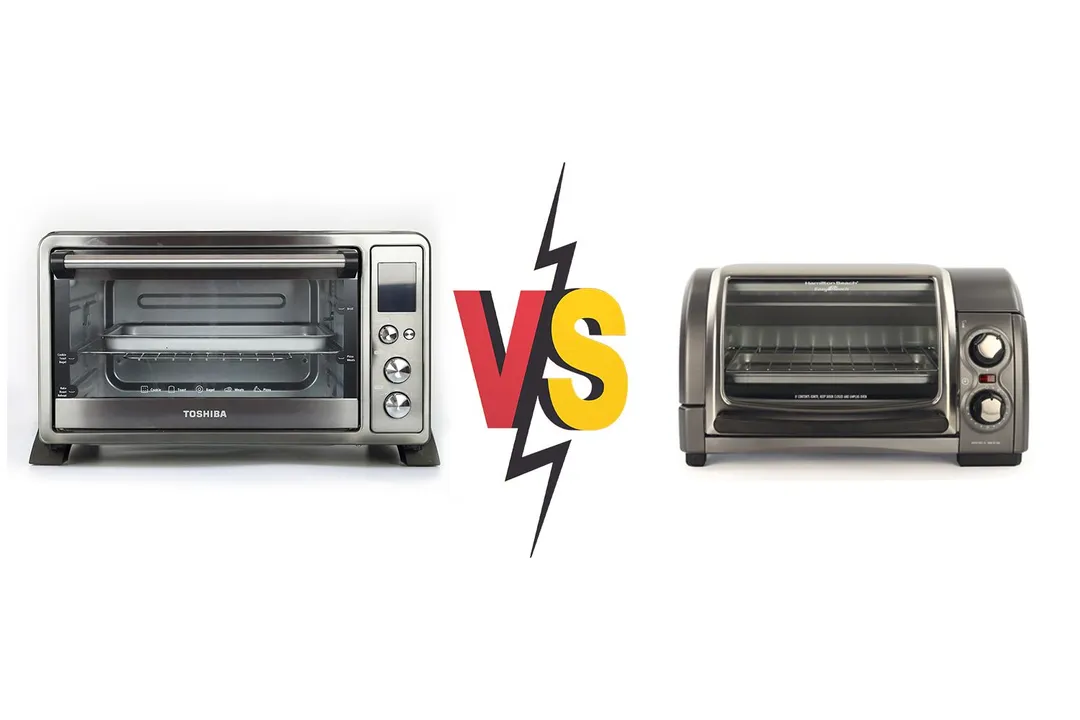
Overall Verdict
Comparing a high-value toaster oven like the Toshiba AC25CEW-BS to a run-off-the-mill one like Hamilton Beach Easy Reach 4 Slices really brings out the common weaknesses of a small unit. Of course the Toshiba costs a bit more, but it’s our best value pick because it brings a worthy trade-off.
The Hamilton, similar to many other same-sized units, lacks features that enhance the design, usability, and most importantly, performance. It only has two control dials for timer and temperature, two quartz heating elements, and a low power draw. We do appreciate the roll-top door that moves out of the way to save some counter space and to make it easy to bring food in and out of the oven.
On the other hand, the Toshiba has a digital control panel with an LCD, three smooth control knobs for accurately adjusting its cooking function, timer, and temperature. Besides the standard oven rack and baking pan, the oven also comes with three additional accessories.
The Hamilton’s performance wasn’t too shabby but it just couldn’t compete with the Toshiba. The Toshiba had a high power draw to win in toasting bread, a convection system for baking pizza and fries, and a rotisserie kit for roasting whole chickens.
Pros & Cons
- Highly affordable
- Good value in terms of functionality and accessories
- Lightweight but sturdy design
- Easy-to-turn knobs
- High-contrast digital display
- Cool-touch door handle
- Easy-to-clean stainless steel exterior
- Lightweight and small size
- Durable alloy steel casing
- Cool-touch door handle
- Simple control knobs
- Stay-on feature
- Quartz heating elements with safeguards
- Energy-saving
- No safety mechanism for the door
- Convection fan isn’t all-applicable
- No internal lighting
- No convection fan
- No internal lighting
- No safety mechanism for the door
Key Specs
Where to Buy
*You help support HealthyKitchen101's product testing and reviews by purchasing from our retail partners.
Analysis and Test Results
Performance
Toast
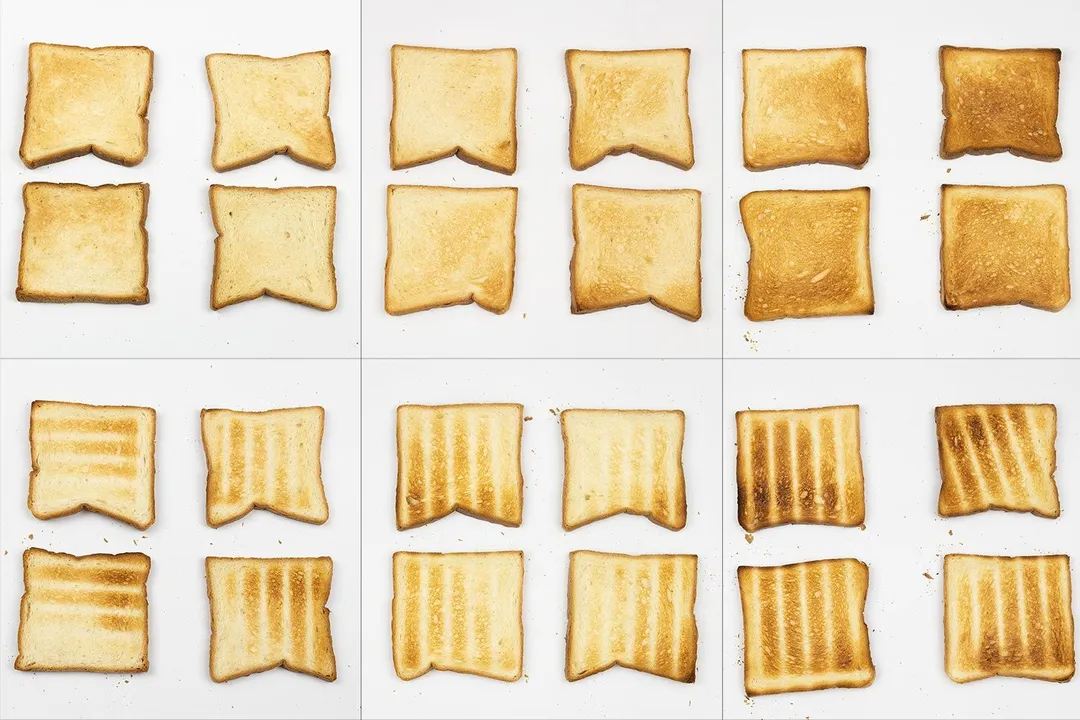
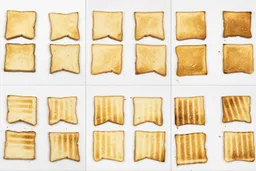
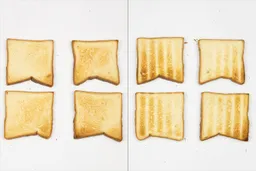

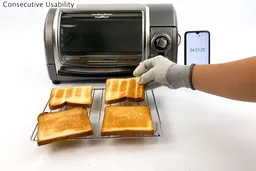
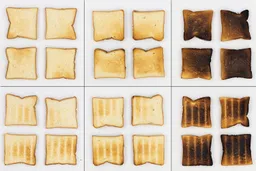
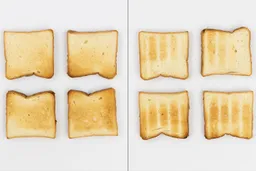
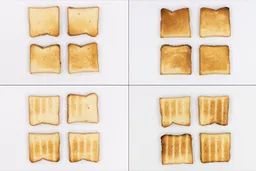
Pizza
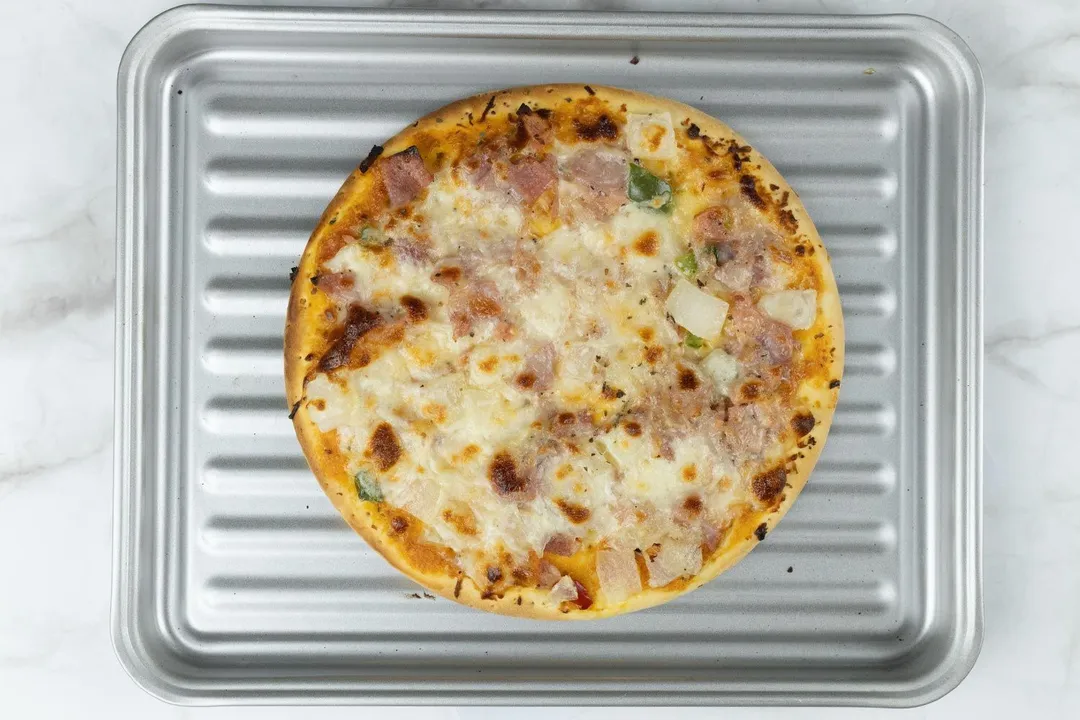
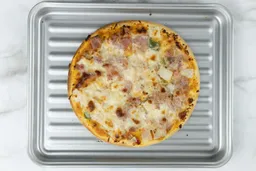


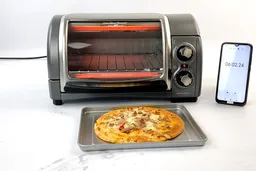

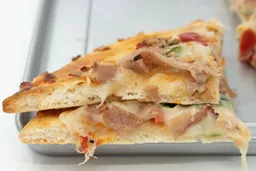

Whole Roasted Chicken
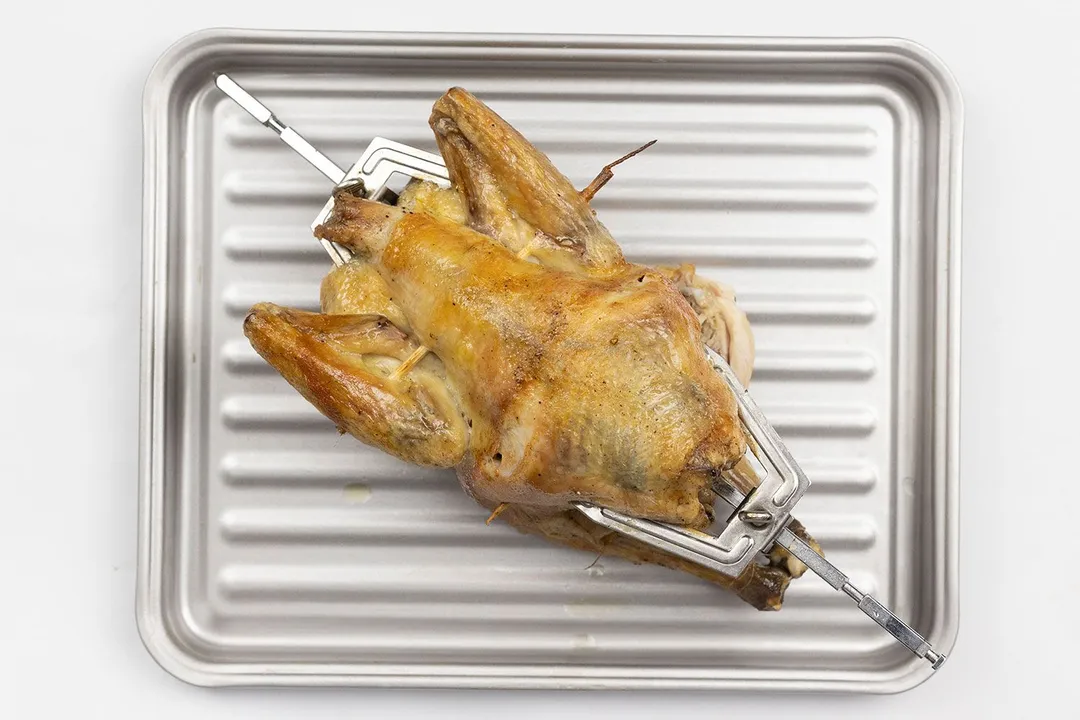
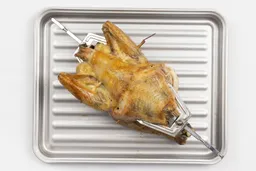
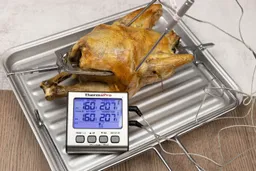
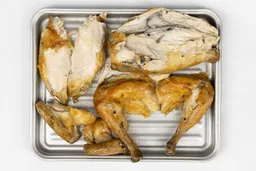
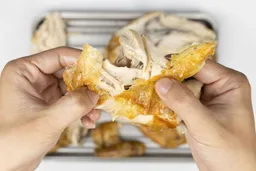
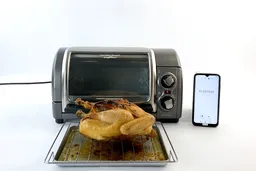
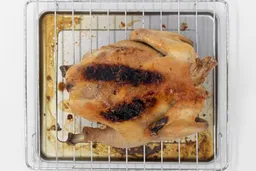
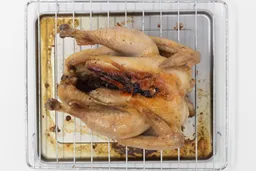
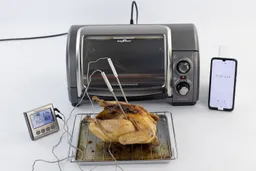


Baked French Fries
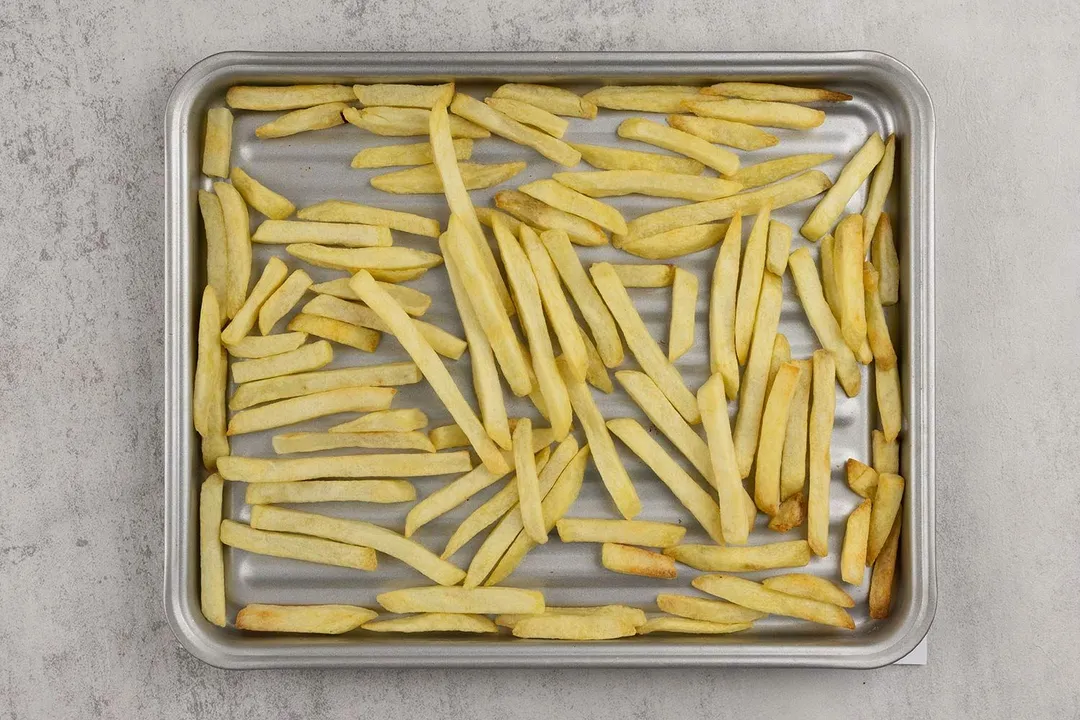
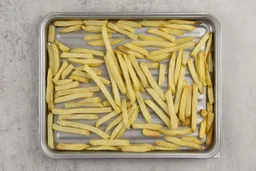


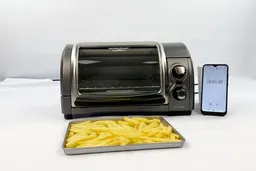



Design
In the Box
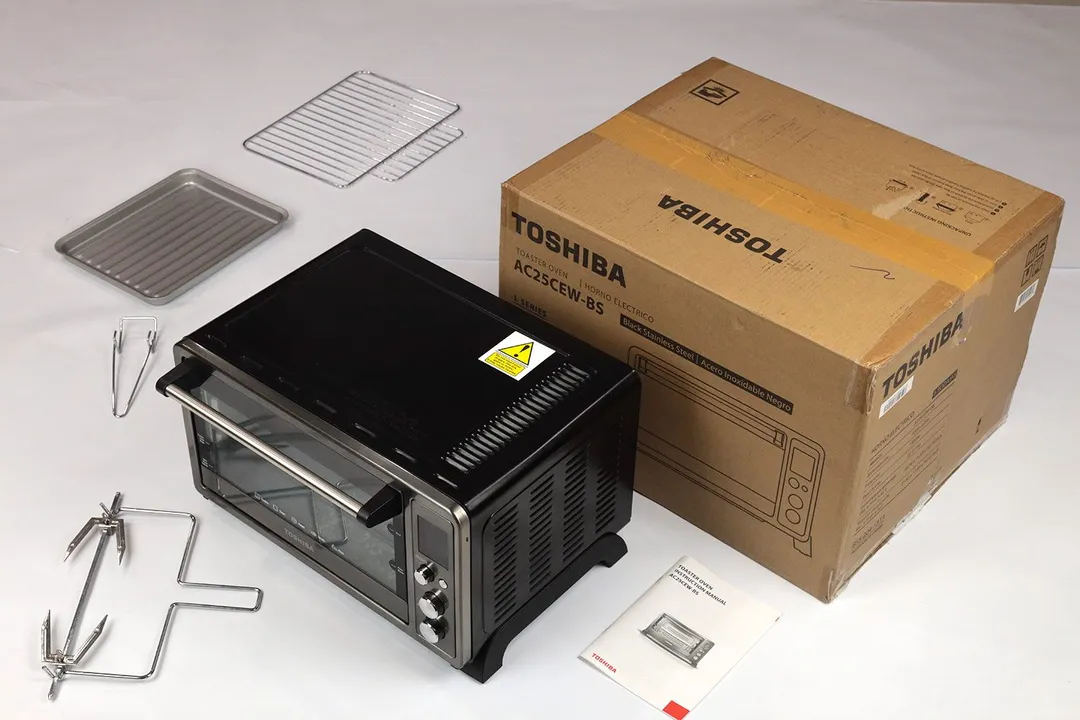

Exterior
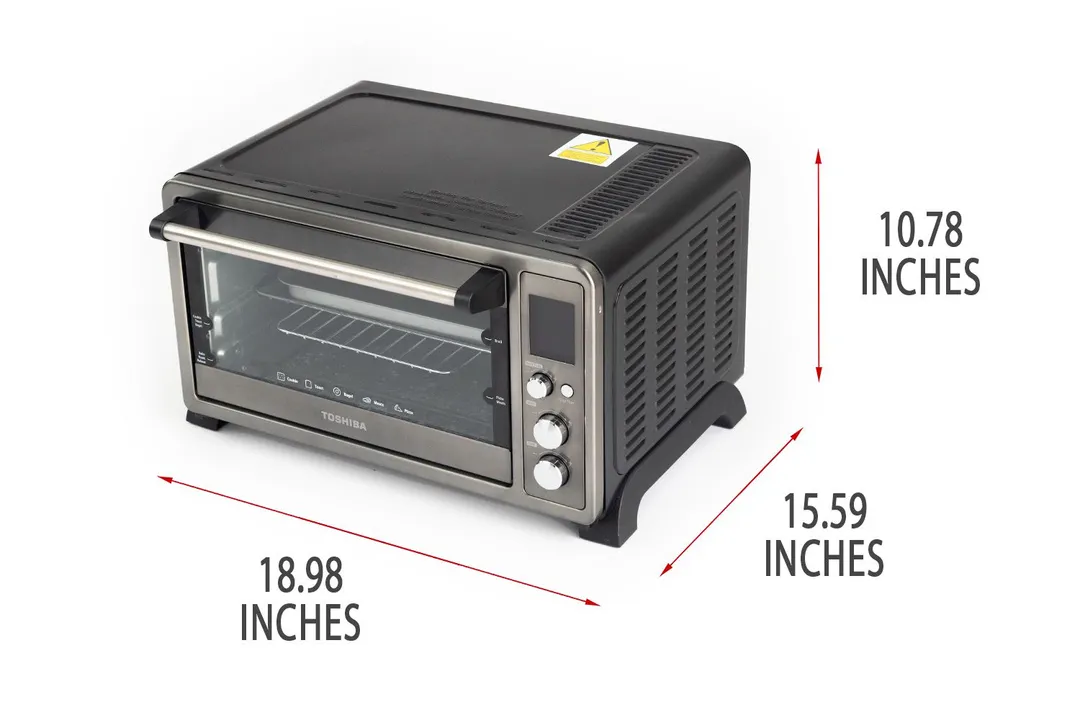
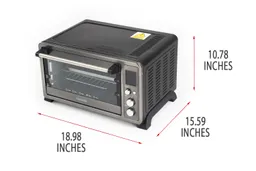
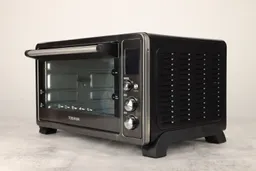
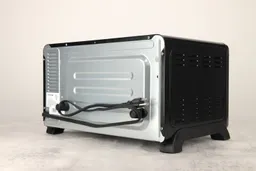


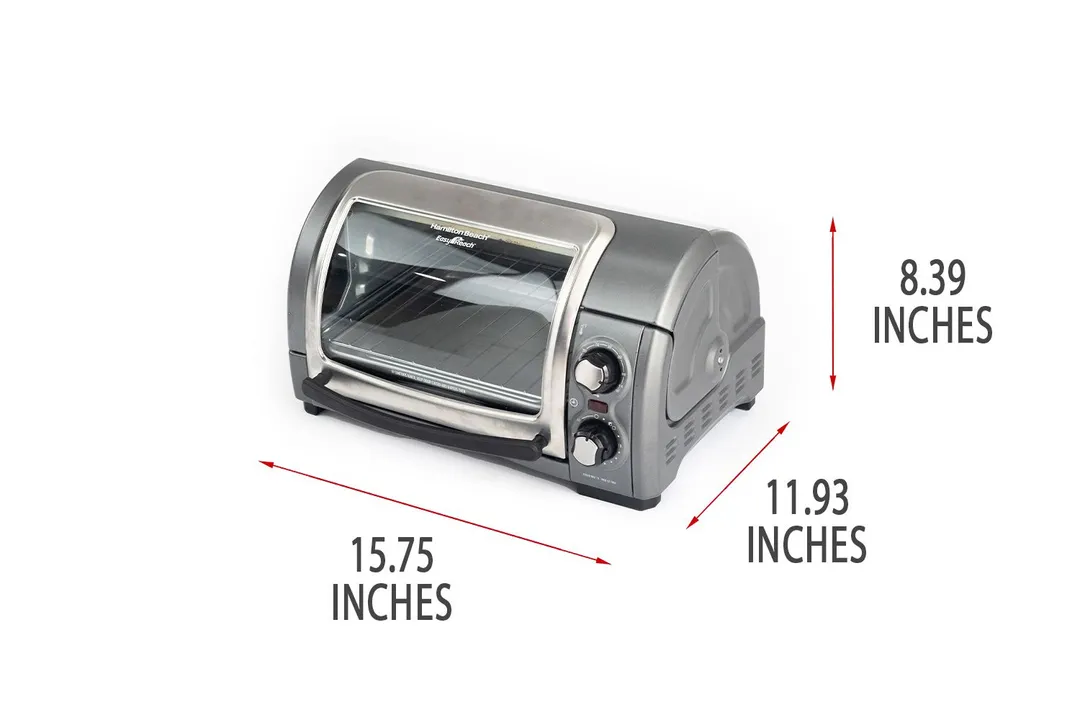
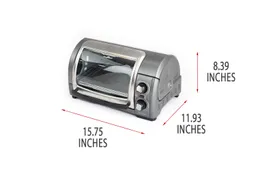
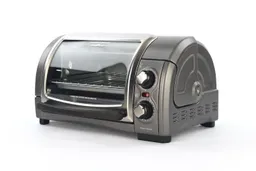
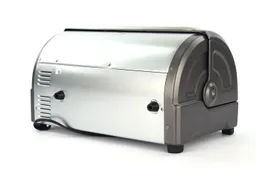
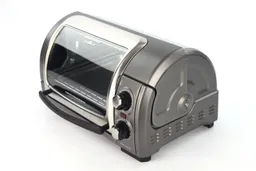
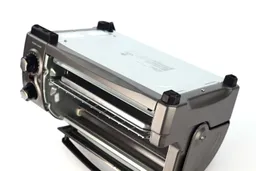
Control Panel
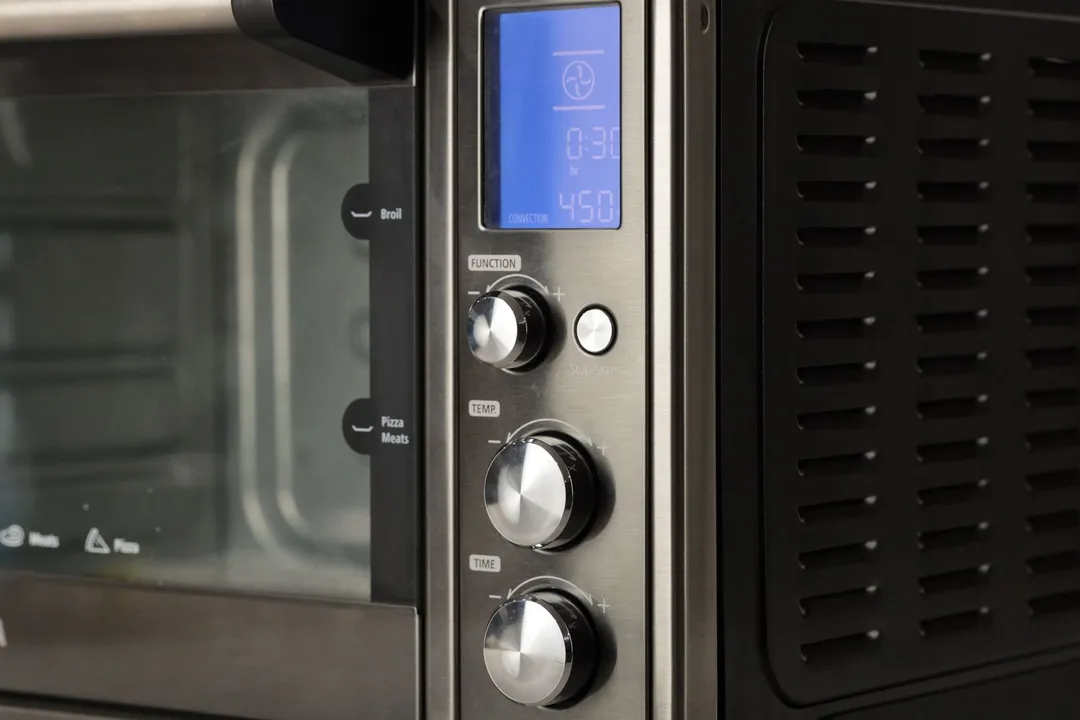
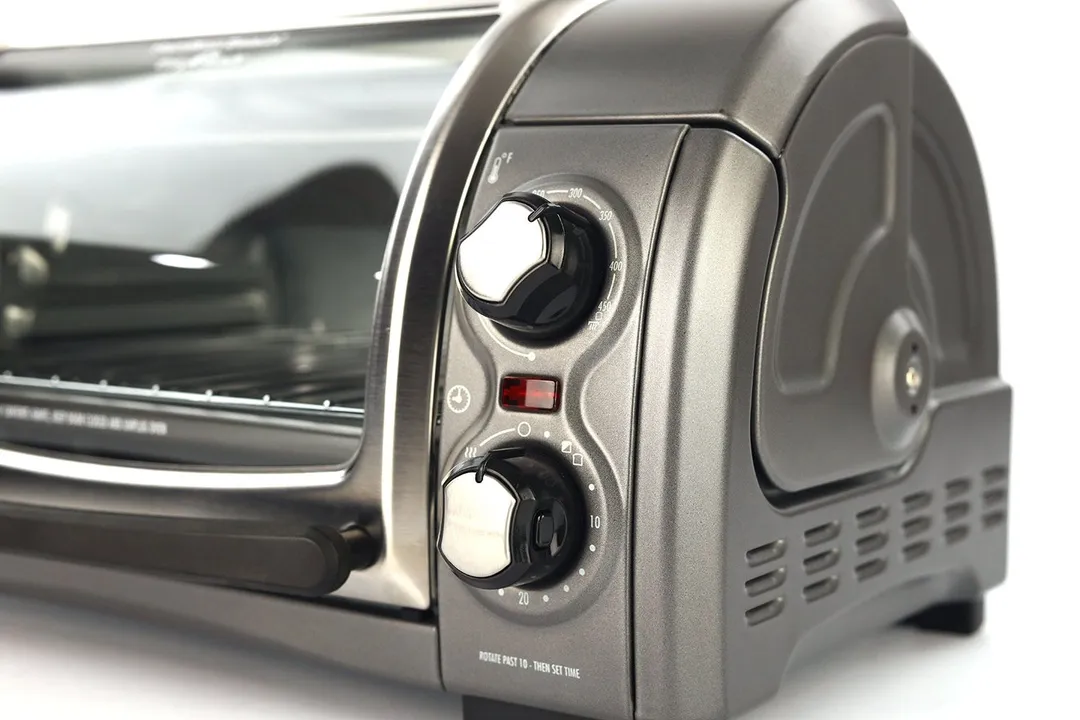
Cooking Functions
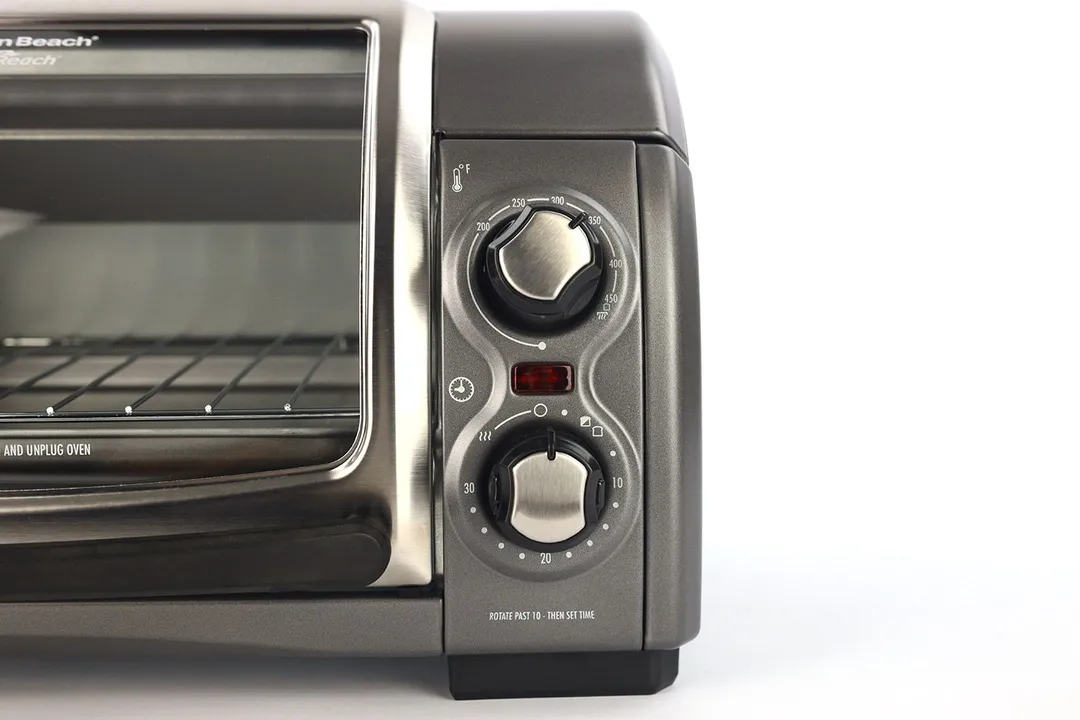
Interior
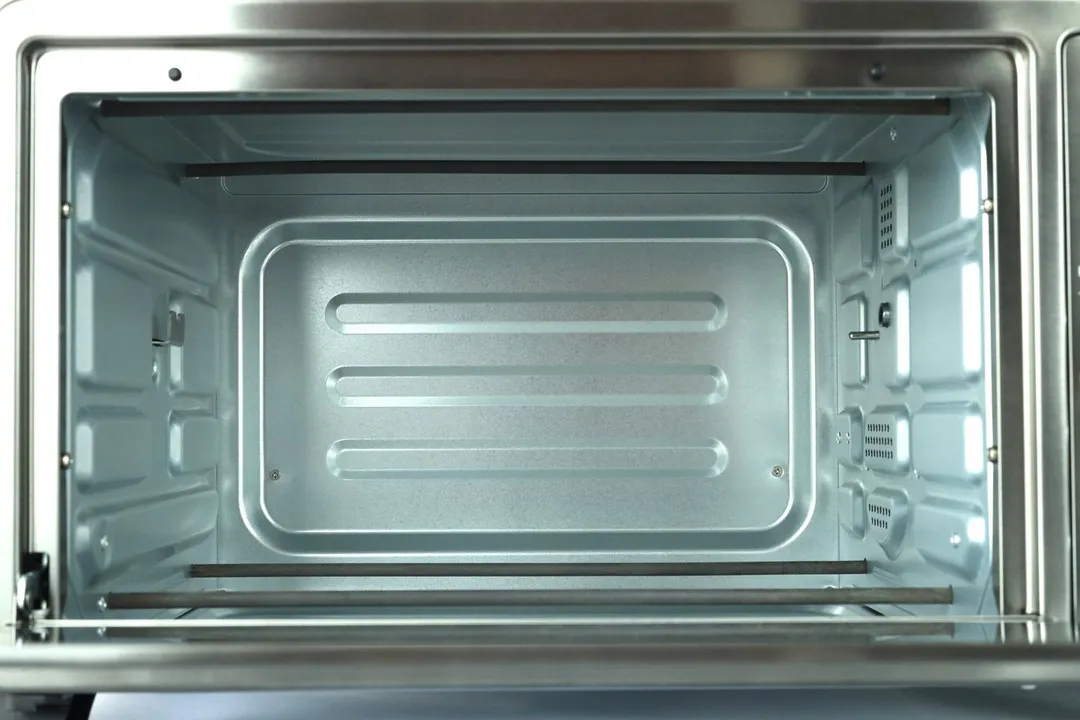
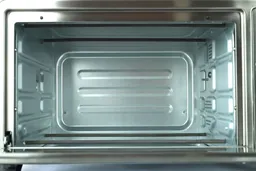
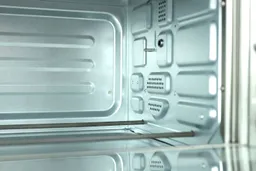
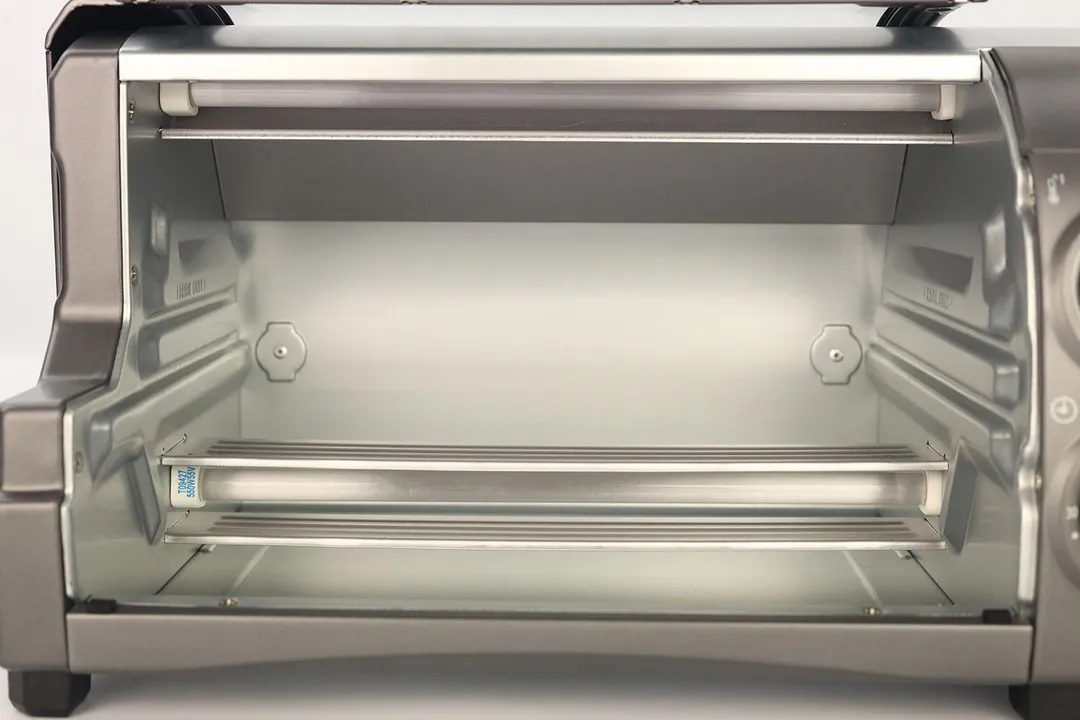
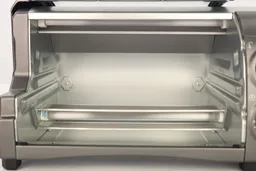
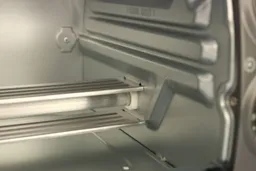
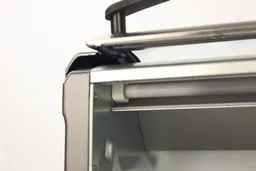
Power Cord
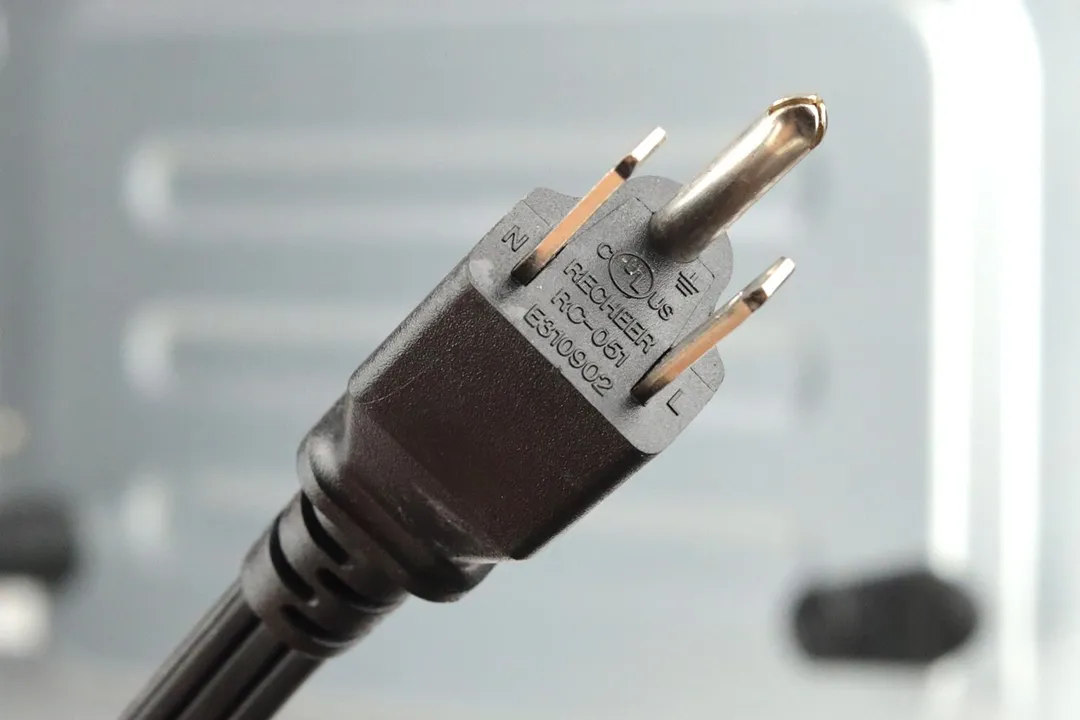
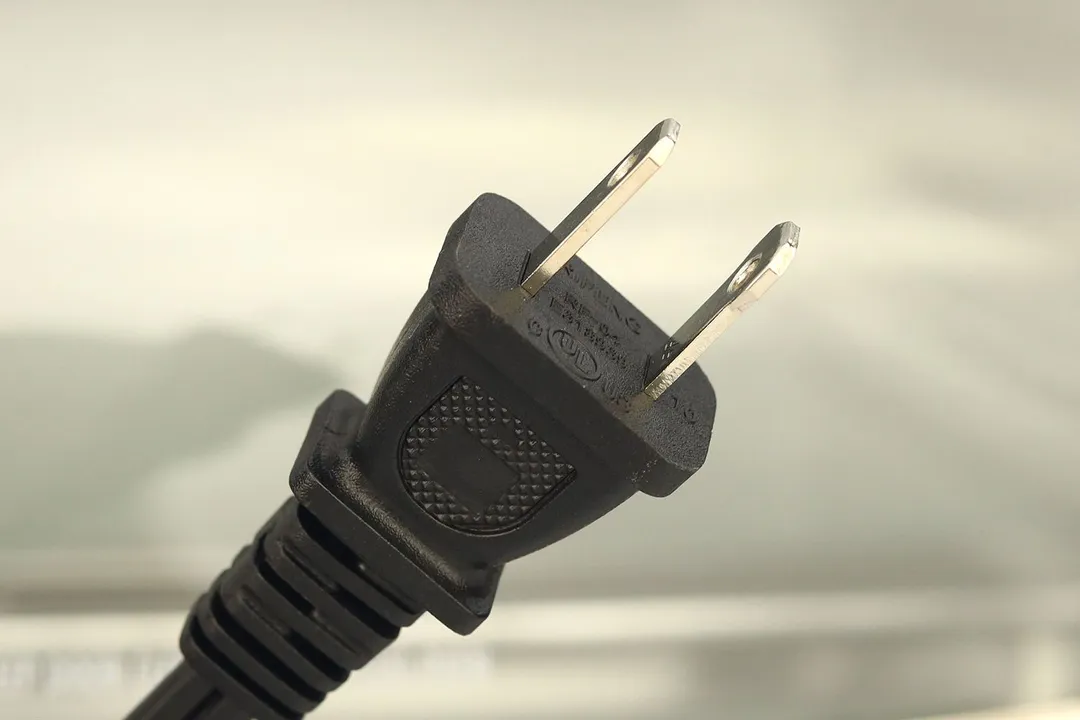
Accessories
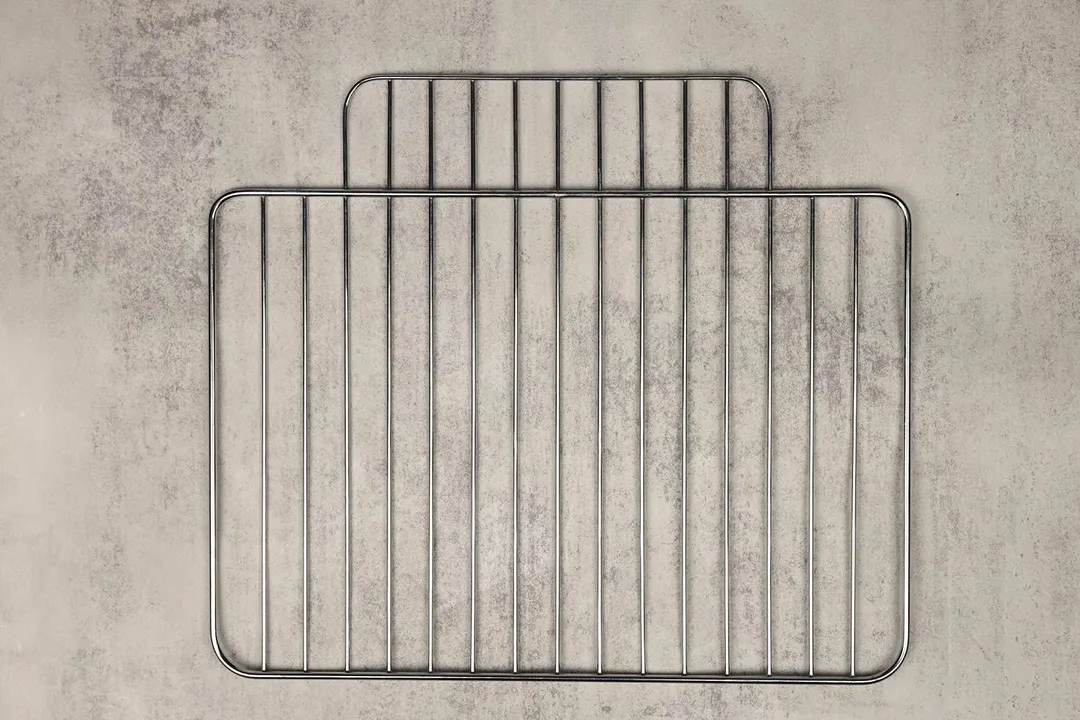
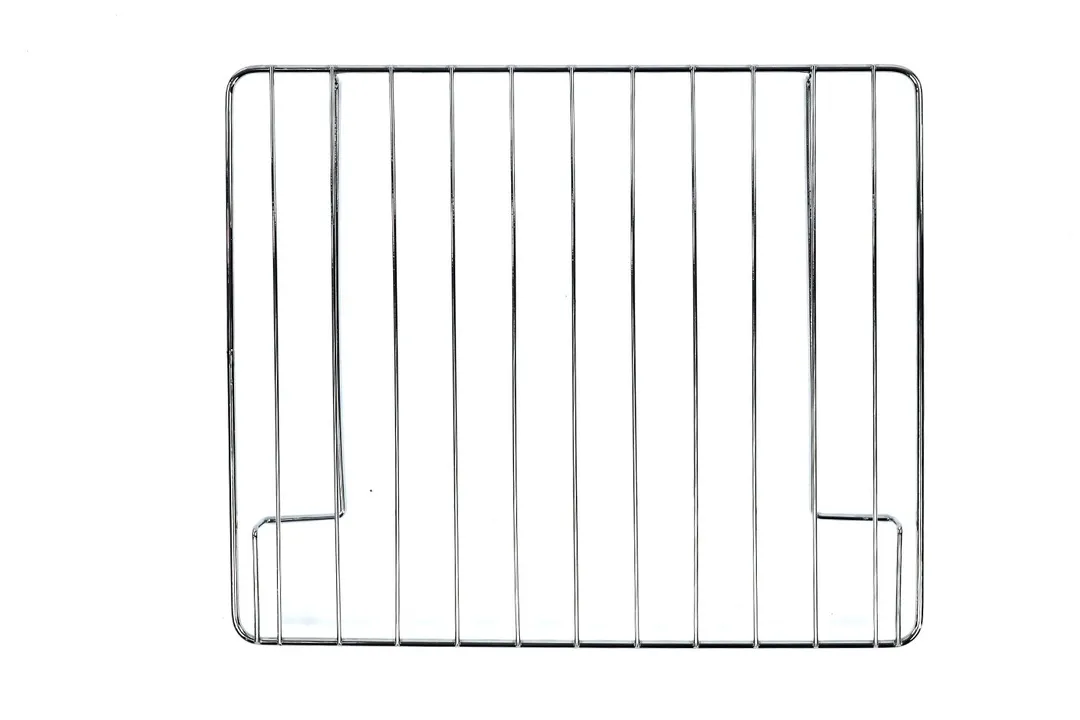
Build Quality
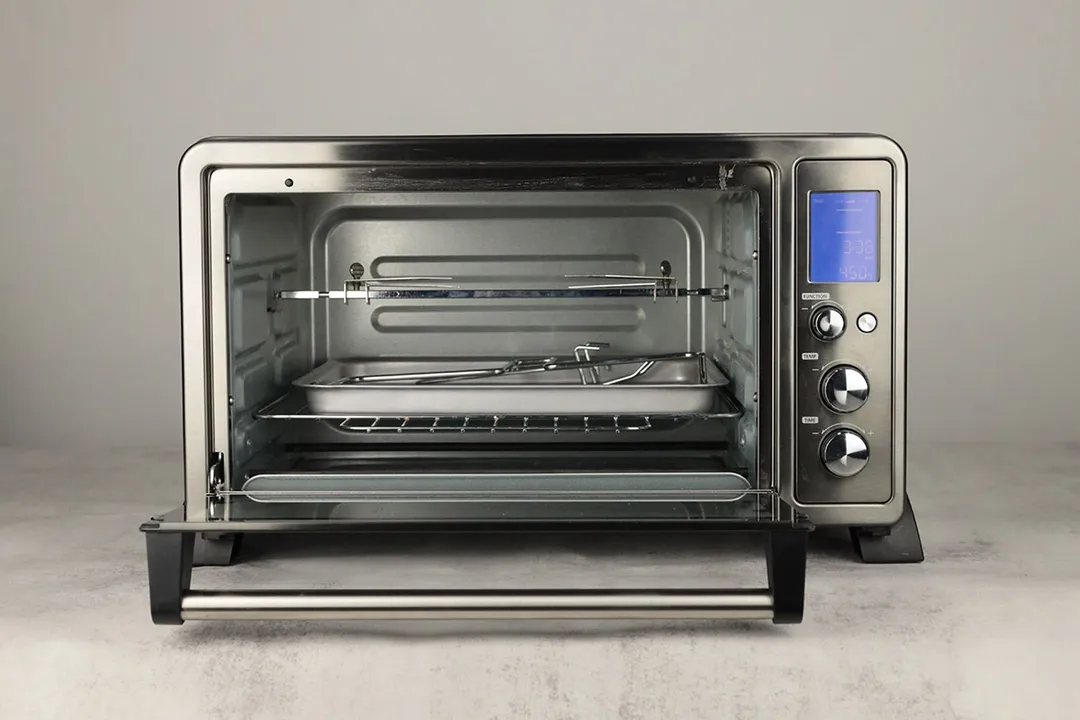
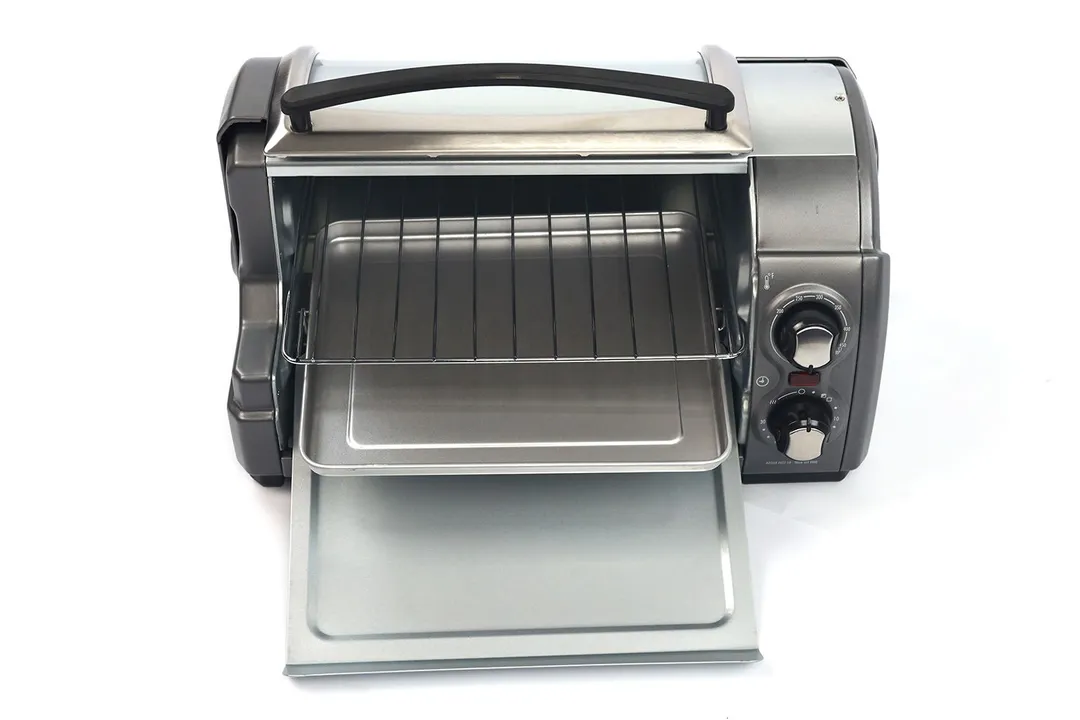
Capacity
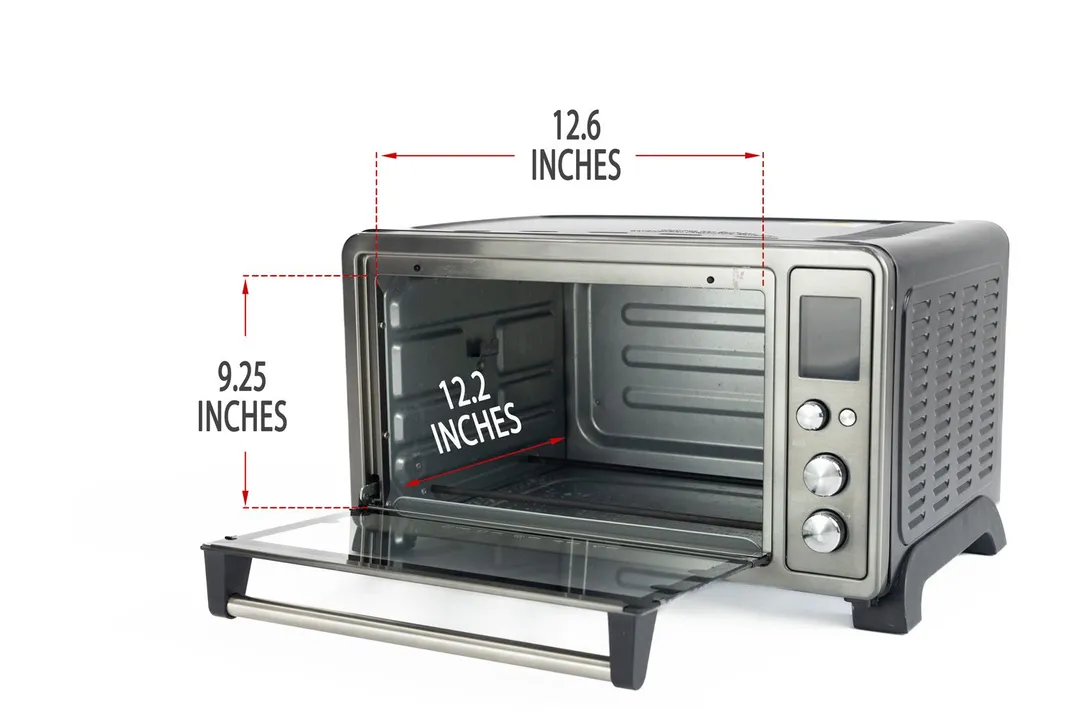
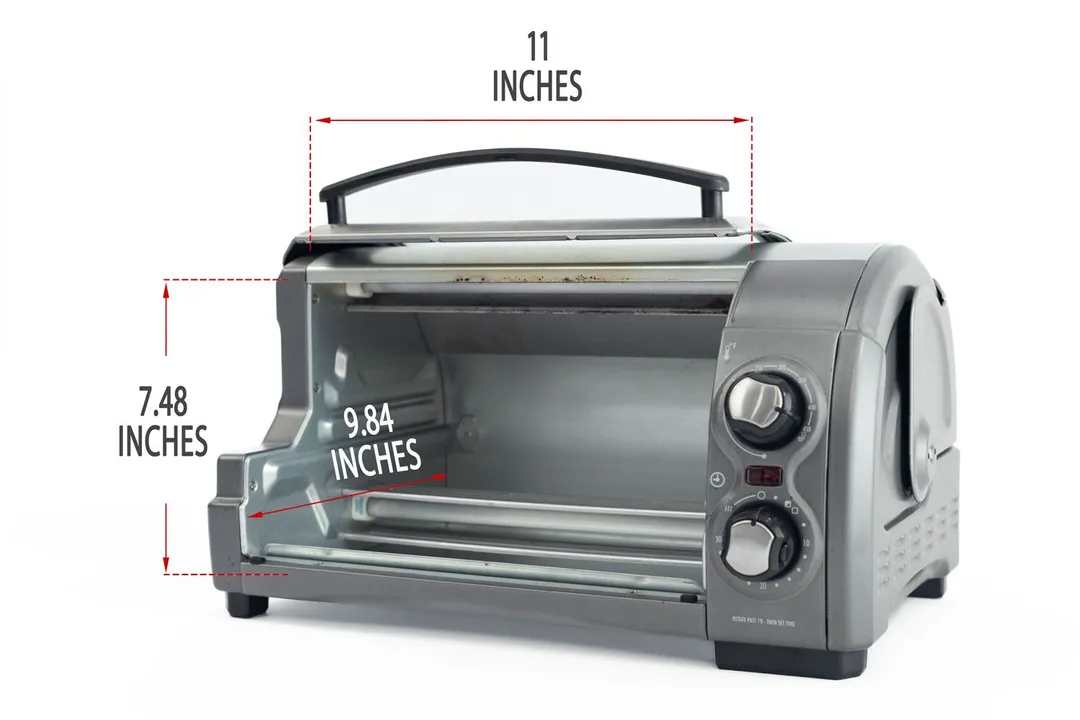
Usability
User Control
Ease of Use
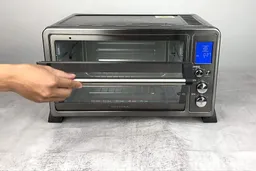

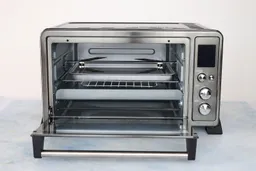
Cleanability
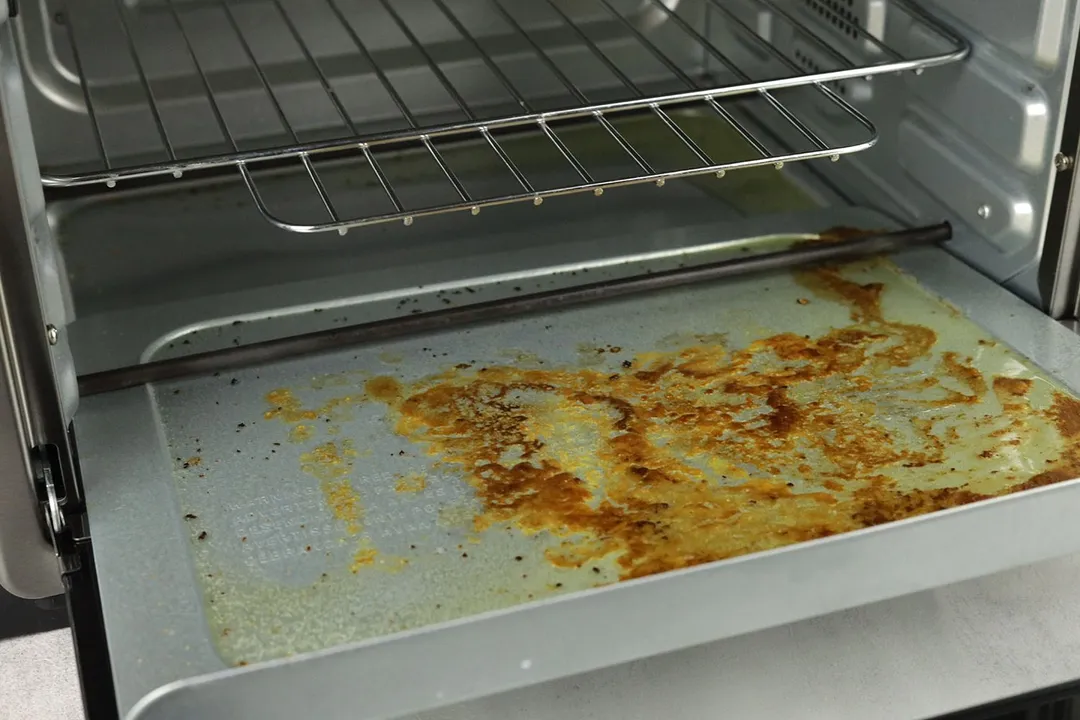
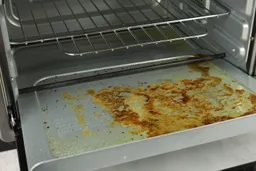
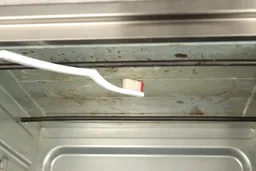
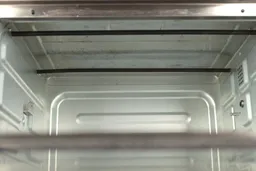
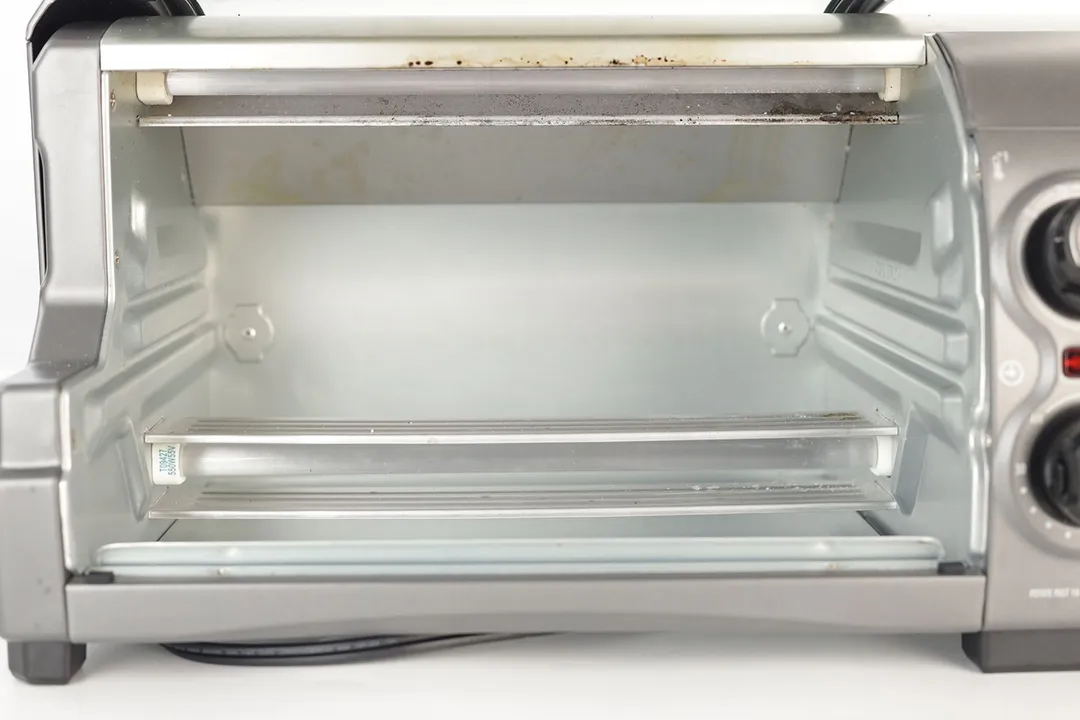
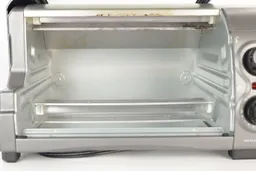

Behind the Comparison
Alan Nguyen is a writer and product reviewer at HealthyKitchen101. His major in English language teaching taught him to present concise information. In addition to his cooking hobby, he values the practical aspects of household appliances.
Lap is Head of the Research, Testing, and Review Team (RTR Team) at HealthyKitchen101.com, where he directs and supervises the testing of kitchen gadgets and appliances.
Tuyet Pham is an award-winning Saigonese chef passionate about delicious and healthful foods. At HealthyKitchen101, she develops recipes and collaborates with our Research, Testing, and Review lab to evaluate the performance of cooking appliances. Her assessments add a strong authoritative voice to our product scoring process.
Nguyen Ntk is a graphic designer, photographer, and videographer whose philosophy centers around respecting and celebrating the beauty of reality. Through his lenses, Nguyen strives to capture the true essence of objects and events, showcasing and highlighting authentic features without distortion or exaggeration.




